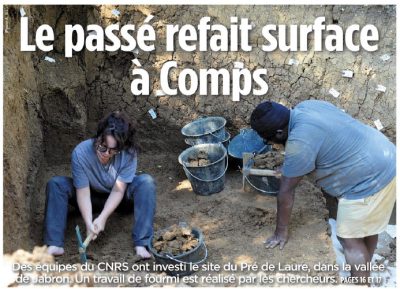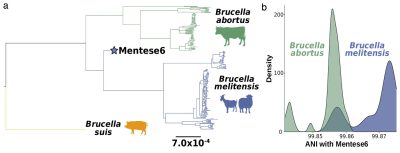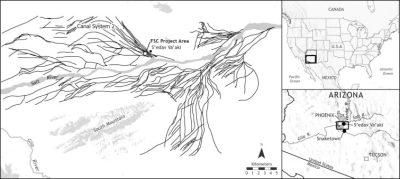Source : https://doi.org/10.1016/j.jasrep.2024.104591
Dataset : https://doi.org/10.34847/nkl.0e8as770
Birch bark tar played an important role as an adhesive in the European Middle Palaeolithic and Mesolithic with key practical functions. For the Mesolithic in northern Europe, tar is suggested to have a variety of functions, including decorative, on various artefacts such as amber beads, antler and bone objects. However, no chemical characterisation has been conducted to confirm the organic composition of such decorations. To address this gap, we conducted organic residue analysis on archaeological samples taken from three artefacts excavated at the Early Mesolithic site Krzyż Wielkoposki (Poland). These include a wooden shaft, an antler point, and a perforated antler object with ornamental engravings. We further replicated two potential aceramic birch bark tar production techniques and employed Principal Component Analysis (PCA) for molecular differentiation. Our results show that birch bark tar served a dual functionality in tool hafting and ornamentation at Krzyż. We found compositional differences among archaeological samples, but comparing these results to experimental data presents significant challenges. Our findings shed light on birch bark tar versatility, and imply more widespread use of birch bark tar as a decorative element in the European Mesolithic than has hitherto been recognised.




